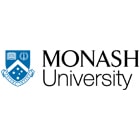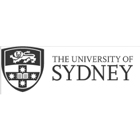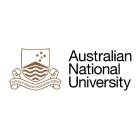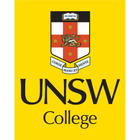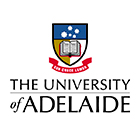- News and articles
- Events
- Find usIDP AustraliaIDP BahrainIDP BangladeshIDP CambodiaIDP ChinaIDP EgyptIDP GhanaIDP Hong KongIDP IndiaIDP IndonesiaIDP IranIDP JordanIDP KenyaIDP KoreaIDP KuwaitIDP LebanonIDP MalaysiaIDP MauritiusIDP Middle EastIDP NepalIDP New ZealandIDP NigeriaIDP OmanIDP PakistanIDP PhilippinesIDP Saudi ArabiaIDP SingaporeIDP Sri LankaIDP Taiwan, ChinaIDP ThailandIDP TurkeyIDP UAEIDP VietnamIDP Corporate
- Social
- English
Here’s a comprehensive guide for students who want to study in Australia
If you are looking to further your studies in Australia, undertake a world-class degree or fast-track your career, Australia offers a range of opportunities. Whether you choose to undertake an MBA in Australia, an engineering degree, humanities, or an English language course, Australia is difficult to beat in terms of standard of living, academic excellence, and support for international students.
Its quality of education, variety of courses to choose from, and post-study work opportunities make it one of the most desirable destinations among students. When you opt to study in Australia, you get to choose from 22,000 courses available in 1,100 universities and institutions, acquire globally recognised degrees, explore various scholarship opportunities and receive education from the best instructors in the world.
Student visa requirements for Australia
The visa you need will depend on the course level, the type of study you want to pursue, and the duration of the program. As an international student, you would require a student (subclass 500) visa, regardless of your field of study, the university you applied to, and the tuition fees.
Coming into effect on July 1, 2016, a student subclass 500 visa lets you stay and study in Australia for the duration of your study program, which is mostly up to five years and in line with your enrolment date. For a smooth stay, you need to ensure that your visa remains valid and that you abide by the student visa conditions mentioned on your student visa. You can read up in detail about this kind of visa on the Australian Government’s Department of Home Affairs website.
Cost of studying in Australia
The cost of study in Australia depends on the type of qualification and the university or school you opt for. For instance, veterinary and medical degrees cost substantially more than other degrees. The average tuition fees at one of Australia’s tertiary institutions range between AUD 20,000 and AUD 30,000 a year.
S.no. | Australia Study Program | Average fees in AUD* |
1. | School | $7,800 to $30,000 annually |
2. | English language studies | $350-450 weekly (varies as per course length) |
3. | Vocational Education and Training (Certificates I to IV, Diploma and Advanced Diploma) | $4000 - $22,000 annually |
4. | Undergraduate Bachelor’s degree | $15,000 - $35,000 annually |
5. | Postgraduate Master’s Degree | $20,000 - $42,000 annually |
6. | Doctoral Degree | $20,000 - $42,000 annually (attractive scholarships up to 100% available with living grants on meeting the university requirements) |
*Please note all figures are indicative
Most commonly, courses in humanities, arts, and education are a little cheaper, while subjects such as medicine and engineering are likely to be more expensive. If you wish to study at a postgraduate level, the tuition fee is typically higher, and the cost of studying in Australia will vary depending on the program
Scholarships to study in Australia
Here are some popular scholarship programs you can apply to study in Australia as a student:
S.No. | Name of the scholarships | Description |
1 | Australian Government Research and Training Program (AGRTP) | Funded by the Australian Government, it covers a student’s tuition fee and health insurance for up to three years Supports a student’s (local and international) Research Doctorate and Research Master’s degree |
2 | Australia Awards | Funded by the Department of Education and the Australian Centre for International Agricultural Research (ACIAR) and the Department of Foreign Affairs (DFAT) Aims to provide students from developing regions an opportunity to pursue their UG/PG program at participating universities in Australia and Technical and Further Education (TAFE) institutions |
3 | Destination Australia | This scholarship aims to encourage international students to study in regional Australia to regionally develop tertiary education providers in Australia and provide a learning experience to its students |
4 | John Allwright Fellowship (JAF) | Provides scientists from partner countries engaged in the Australian Centre for International Agricultural Research (ACIAR) research projects with the opportunity to obtain postgraduate qualifications at Australian tertiary institutions |
*This is an indicative list, speak with your IDP expert for details and the best available options suited to your profile
Intakes in Australia
Unlike a single intake in universities, Australian colleges and universities offer two major intakes. In some universities, intakes may also be referred to as a semester. The two intakes available in Australia are:
Semester 1: Starts late February/early March to late May/early June
Semester 2: Starts late July/early August through to November
Live life in the FastLane
Want to check if you're eligible to get into your dream university? With IDP Fastlane you can get an in-principle offer in seconds!
Enter your preferences to find and shortlist matching courses, provide your academic details and get ready to receive a response from your dream university within seconds!
View Fastlane enabled universities
Top courses to study in Australia
Here’s a list of top study abroad courses that international students opt to pursue in Australia for higher education:
Engineering
Business Analytics
MBA (Masters of Business Administration)
Life Sciences
Artificial Intelligence (AI)
Social Sciences
Medicine
Top Universities to study in Australia
When deciding which university to study at, it is crucial that you also look at the world university rankings.
QS Ranking of Australian Universities | |||
S.No. | Institution | QS Ranking 2024 (Globally) | QS Ranking 2023 (Globally) |
1 | The Australian National University | 34 | 30 |
2 | The University of Melbourne | 14 | 33 |
3 | The University of Sydney | 19 | 41 |
4 | The University of New South Wales | 19 | 45 |
5 | The University of Queensland | 43 | 50 |
Job prospects in Australia
Did you know that you can cut down your cost of living and gain work experience while pursuing your study program in Australia? Thanks to Australian laws, working part-time on a student visa for 48 hours per fortnight is permitted.
Employment options:
On-campus
Retail
Hospitality
Tutoring
Office jobs
Freelance
Miscellaneous
Volunteering
Cost of living in Australia
According to the Human Development Index 2022 and the Quality-of-Life Index 2022, Australia is ranked among the top 10 nations*, which implies Australia is counted in the top countries in terms of GDP, education system, and purchasing power parity index. So, along with the high level of income, it enjoys an excellent quality of health awareness, the medical system, and political stability. So, excited?
You should also consider these common expenses when creating your budget:
Living expenses | Weekly budget (indicative) |
Groceries and eating out | $140 to $280 |
Gas, electricity | $10 to $20 |
Phone and Internet | $15 to $30 |
Public transport | $30 to $60 |
Car (after purchase) | $150 to $260 |
Entertainment | $80 to $150 |
FAQs related to Study in Australia
We know you have a lot of questions in your mind, so have answered common questions students as you raise about studying and living in Australia.
1. Is Australia costly for students?
When calculating the estimated cost of studying in Australia, it's important to consider various expenses such as accommodation, food, health coverage, travel, and tuition fees. The average annual tuition fees at tertiary institutions in Australia typically range between AUD 20,000 and AUD 30,000. Therefore, before departing from home, make sure to factor in these additional expenses to get a comprehensive understanding of the overall cost of studying in Australia.
2. How much can I earn in Australia as a student?
The Government has announced an increase to the part-time working hour cap for international students, while studying, from 40 to 48 hours per fortnight, from 1 July 2023.
3. What is a 485 post-study work stream visa?
The Subclass 485 visa is now officially called the Temporary Graduate Visa, with updated eligibility conditions. Find out more about it here.
4. How much does an Australian student visa cost?
To study in Australia, the first step is to secure a valid student visa. The student visa fee for the Subclass 500 Student Visa is $1,600 AUD. Find out more here.
5. What is the GTE to study in Australia?
The term GTE, or Genuine Temporary Entrant, refers to a process used by Australia to assess the authenticity of student visa applicants and prevent any misuse of visas for illegal migration. Please note: GTE is no longer relevant, and has been replaced by a GSR (Genuine Student Requirement).
6. How studying in Regional Australia beneficial for me?
The growth and development of regional Australia can be attributed to several factors, including the introduction of additional regional scholarships and the implementation of graduate visas that grant up to 6 years of Post-Study Work (PSW) rights after graduation. Institutions located in regional Australia offer a range of benefits, including a pleasant lifestyle, personalized university experiences, breathtaking landscapes, and abundant employment opportunities.
Here are some of the advantages of studying in Regional Australia:
1. Additional 2 years of Post-Study Work Visa, extending your stay and career prospects.
2. Specialized course offerings that cater to specific fields and industries.
3. Limited batch sizes, ensuring a more focused and interactive learning environment.
4. Affordable tuition fees and cost of living compared to major cities.
5. Numerous scholarship options to support your education financially.
6. A relaxed and comfortable lifestyle, away from the hustle and bustle of urban areas.
7. Regional areas in Australia encompass various locations, such as New South Wales (NSW), Victoria, Queensland, Western Australia, Northern Territory, Gold Coast, Perth, Sunshine Coast, Byron Bay, Adelaide, Cairns, Tasmania, and Bundaberg.
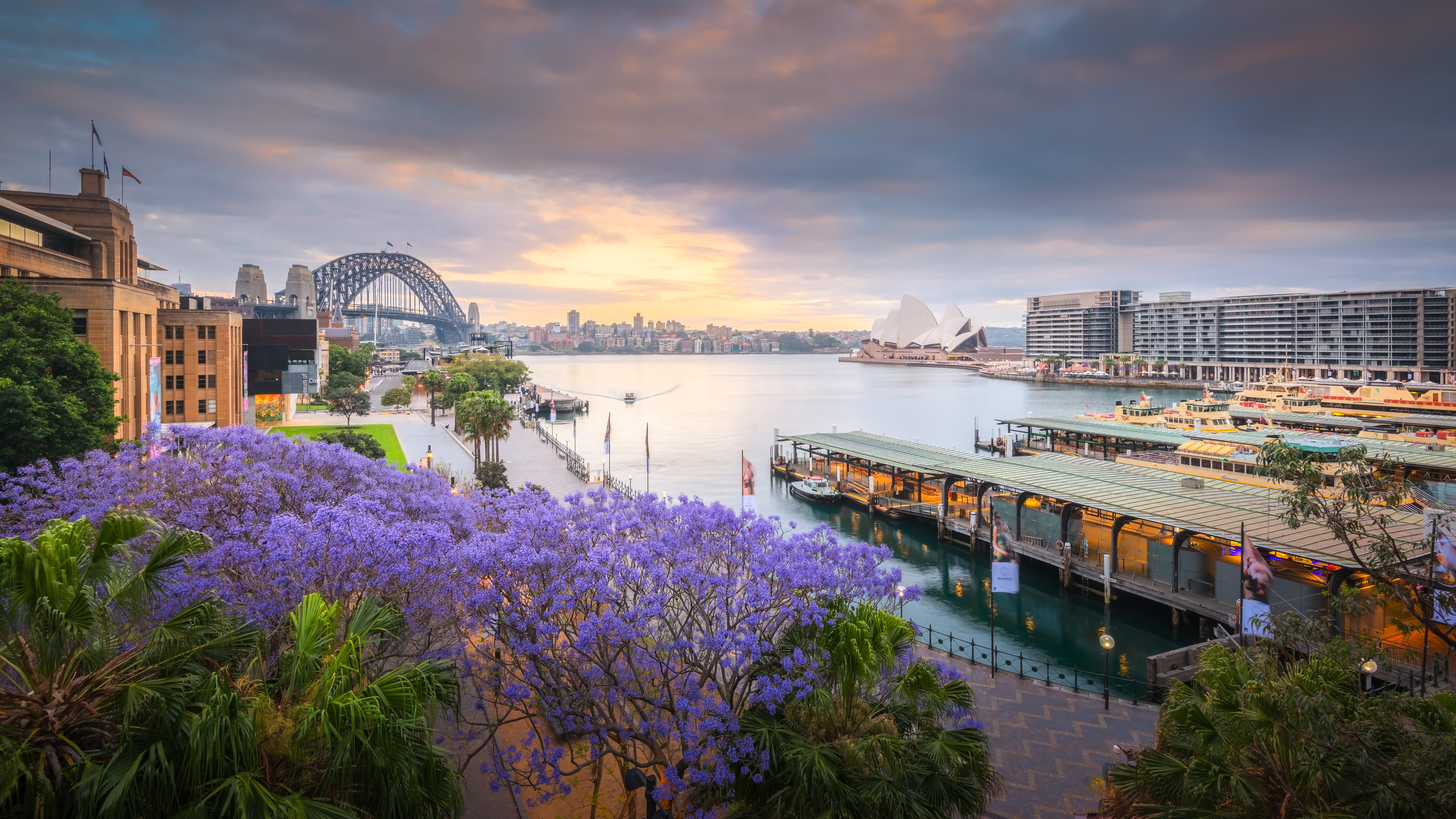
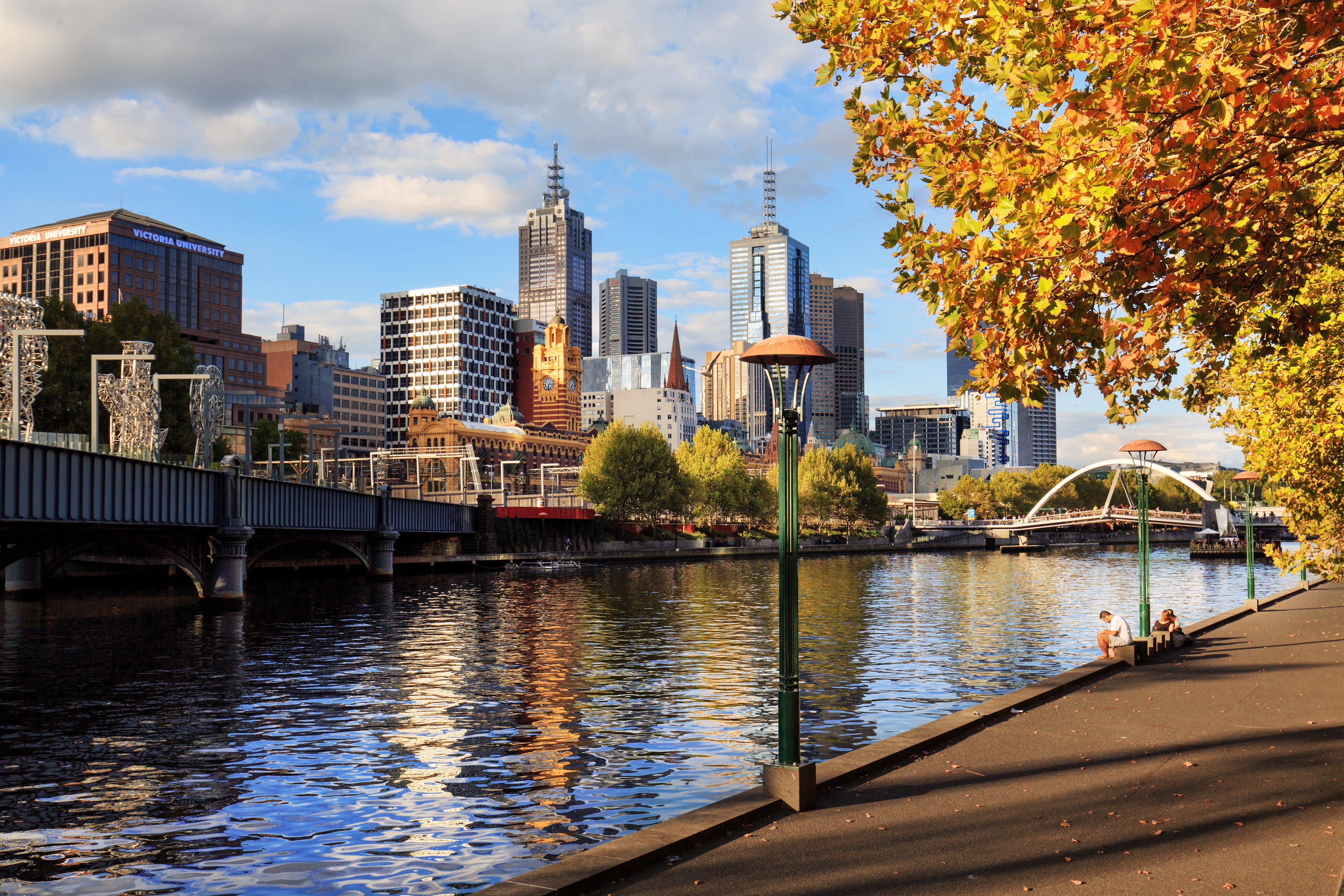



Cost of living calculator
Estimate how much you will need to cover your expenses including cost of living comparison for various country and accommodation options.
Can’t decide where to study?
Answer 5 quick questions to get personalised content and course recommendations




